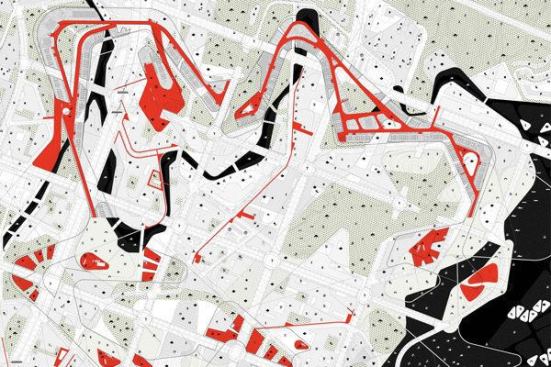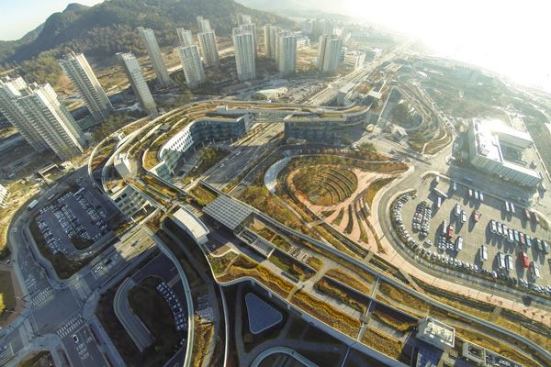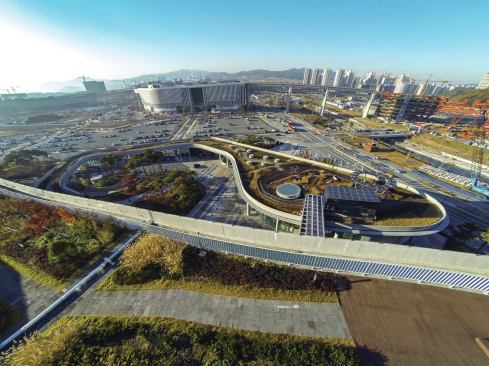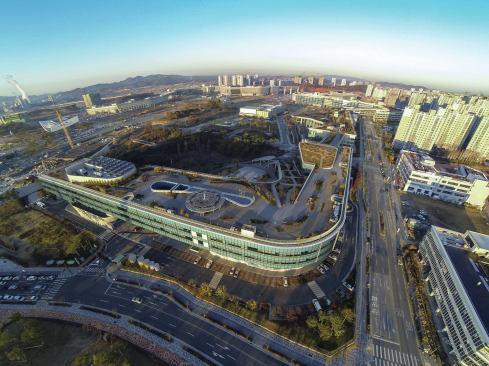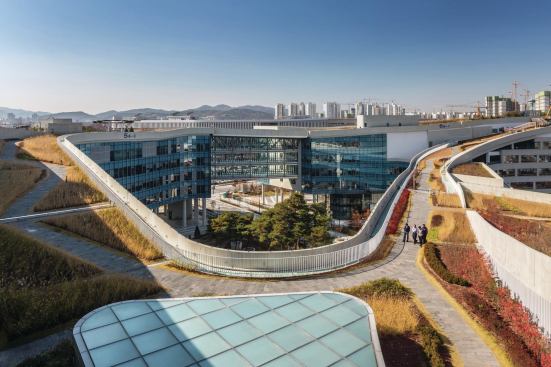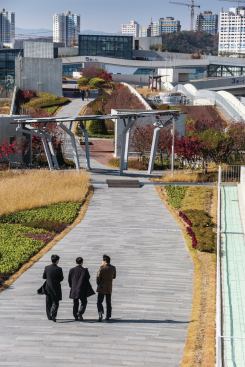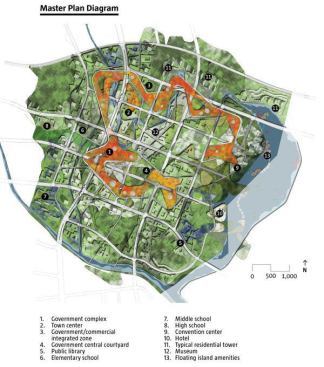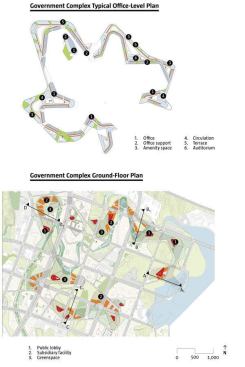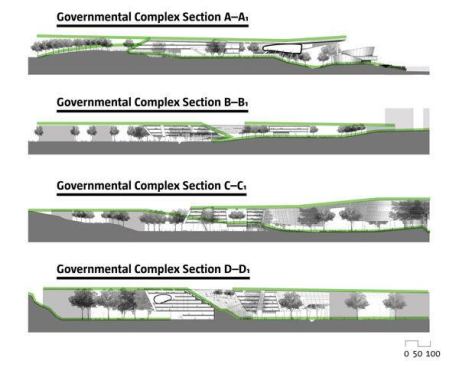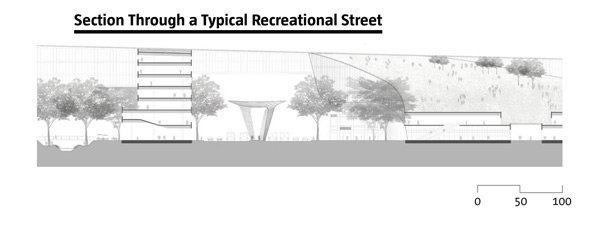Project Description
For more than 600 years, Seoul has been the capital and center of South
Korea. Roughly half of the country’s population lives in and around the
city, and almost all government ministries have long been centered
there. This concentration begat congestion, and after he was sworn in as
president in 2003, the now-deceased Roh Moo-Hyun
devised a plan to relocate many of the government’s hundreds of
offices. The moves would disperse people throughout the country and, not
insignificantly, push critical ministries out of Seoul and farther away
from the border with North Korea, which is just a 35-mile missile ride
away.
And while many ministries are being relocated to locations chosen
pragmatically—maritime agencies moved to the port city of Busan, for
instance—the Korean government is replicating the benefits of
concentrated government by relocating more than 40 of them to a brand
new administrative capital 75 miles to the south of Seoul called Sejong
City.
Much like the experimental architecture and urban planning of
purpose-built capitals like Brasília, Brazil, or Canberra, Australia,
the design of Sejong City is perhaps the largest test of a new approach
to citymaking—one that here starts with landscape architecture. The
city’s competition-winning master plan was designed by a team including Balmori Associates, the New York–based landscape architecture firm run by Diana Balmori, who worked in concert with the Korean firm Haeahn Architecture and its New York subsidiary H Architecture.
A grid of streets and transit runs through the center of the city, but
amid and over that street-level framework, the plan weaves a network of
green spaces dictated by the contours of the land, once hilly but now
flattened to make way for as many as 500,000 future residents.
The centerpiece of the 667-acre plan and of the city itself is the
government building. Despite the dozens of ministries and agencies and
offices relocated to Sejong City, the plan—and the logic of the city
itself—is built around one large building. Balmori calls it the city’s
superstructure, and it is more landscape than architecture. Through a
series of sloping walkways, wide-open expanses, ramps and corridors, the
superstructure is an interconnected green space winding about two miles
in length and rising six stories high in places. It’s like a long, wet
noodle that slipped out of a bowl and onto a tabletop. It’s both smooth
and crooked. The government offices are contained beneath it.
“It’s a very unusual building in the sense that it has its open space
built into it,” Balmori says. “The superstructure in itself controls the
building.” The six-floor height limit was a deliberate choice, but it’s
something of an anomaly—Balmori notes that most of what’s been built in
Korea since the 1960s have been towers. On the outskirts of Sejong
City, where residential towns are being built, towers stand like
dominoes, proximate but disconnected. “There are no buildings that unify
the ground floor, and it all feels as if it’s hanging out in space,”
Balmori says. “[In the town center], we wanted something that was
continuous and gave shape to the space, but that also would give the
feeling that the city was very accessible.”
The city has been under construction since 2006, though politics
delayed most of the work until 2010. Balmori says the city is currently
about 80 percent complete, and should be finished by the end of 2015.
Outside of the central governmental complex, the rest of the city’s
buildings have been designed by other firms. The plan is guiding that
growth to emphasize the role that landscape can play in cleaning water
and reducing energy use. Balmori originally intended it to be what she
calls a “zero city,” where all water would be treated and reused locally
and all energy would be created on site. The energy approach wasn’t
adopted, but Balmori says the plan nonetheless proves landscape can be
the basis of an environmentally considerate new city.
“It didn’t really take shape until last year. I couldn’t see how many
of the ideas were going to come through,” she says. “And then last year,
‘Wow.’ I just felt so exhilarated standing on that roof and saying, ‘My
god, they actually followed the things we said.’ It felt so enormous.” —Nate Berg
